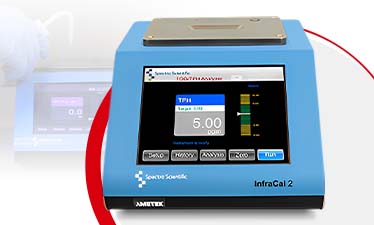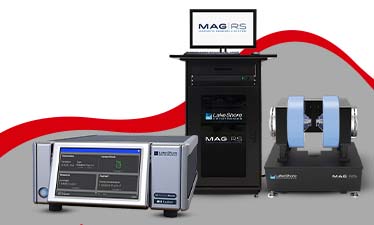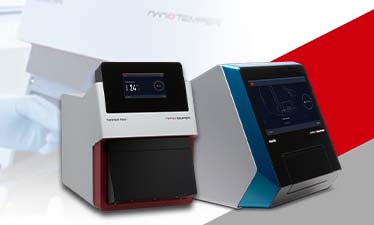Why is Finger Mark Evidence Important in Forensic Science?
Crime scene investigators or police officers and other parties in the justice system depend on forensic science to get to the bottom of a criminal investigation. Fingermark evidence is one of the key elements that are identified and collected from crime spots.
They are so vital to criminalistics that a lot of justice officers still rely on fingerprint systems ever since scientists developed them over hundred years ago. With time, these systems have just evolved to become more advanced offering enhanced detection and analysis results.
The instruments that are used for collecting fingerprint evidence from a crime scene and the analysis equipment utilized for assessing and evaluating the finger marks holds immense value in forensic science laboratories.
Continue to read till the end to find out more about the importance of fingermark evidence in forensic science.
Definition of Fingerprints/Finger Mark
In order to understand the significance of fingerprint evidence, you must learn what exactly it is and how the experts retrieve them from a scene or event. A fingerprint is basically a unique image developed when the folds, twists and turns of the ridges over the finger pads are pressed or scanned on paper after it is being pressed to ink.
Each individual has different variations of these folds, twists and turns that make them help identify a person accurately. A fingerprint works similar to a little stamp that gives identification of a person present at a specific venue.
Crime scene investigators generally collect these marks or prints by physically lifting them using fingerprint powder or a sticky tape. However, over the years, new technologies have powered the way fingerprints are collected and make the entire process even more efficient and precise.
To Identify an Individual
Crime scenes that have no DNA evidence are generally not useful to prosecute or defend a case. But fingerprints are one such evidence that may be the only factor which can be utilized in solving the case.
The fingerprints may be the only ways of identifying the people present at the crime scene or even the person who was involved in the crime. Alternatively, it is also observed from different cases that criminalists may also make use of fingerprints not just for identifying criminals but even for identifying the victims or the persons that are missing.
Reasonable Doubt Involved
Even though fingerprints are an important piece of evidence they cannot be 100% certainly used for indicating that someone committed the crime. For instance, a crime scene may have a fingerprint of a person found in the same room where the crime happened but that just says that the particular person was in the room and not actually the one who committed the crime.
But it can be rightly taken into account that the identification of fingerprints greatly reduces the number of suspects that may be involved in a crime investigation. With the help of fingermark evidence, the crime investigators can even establish a suspect’s alibi to develop reasonable doubt.








